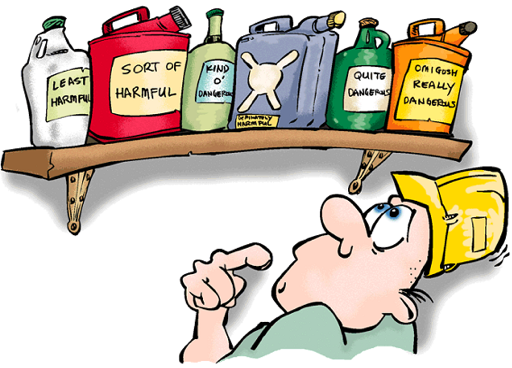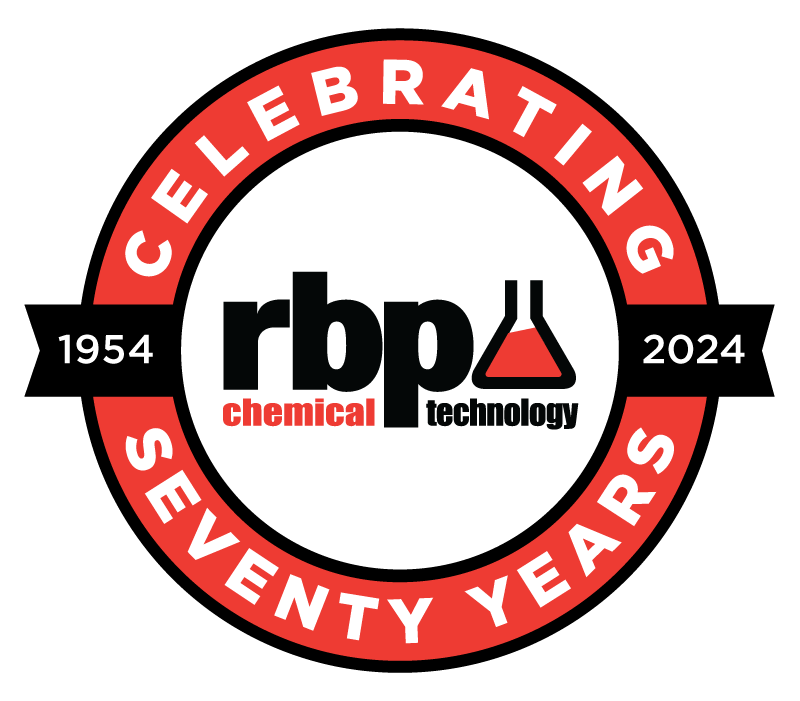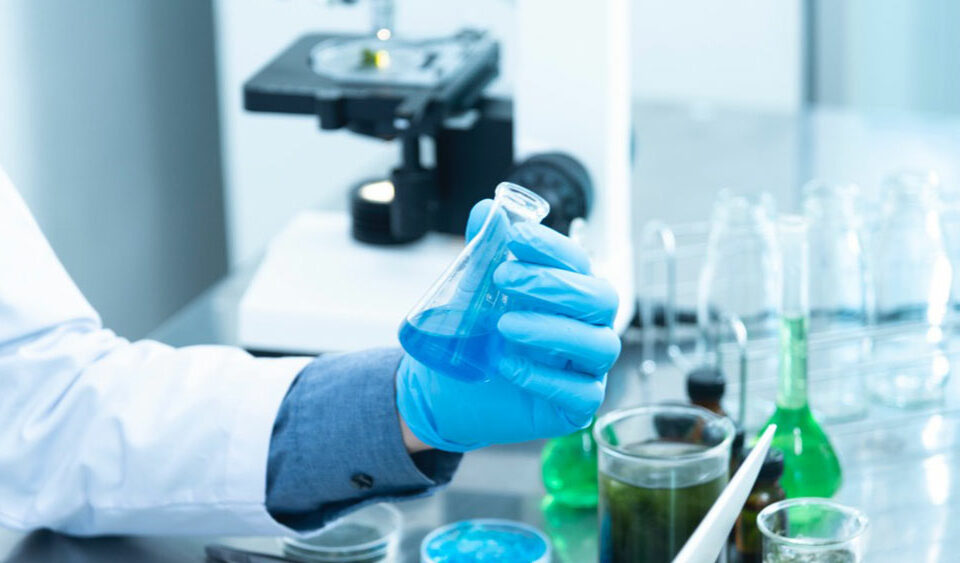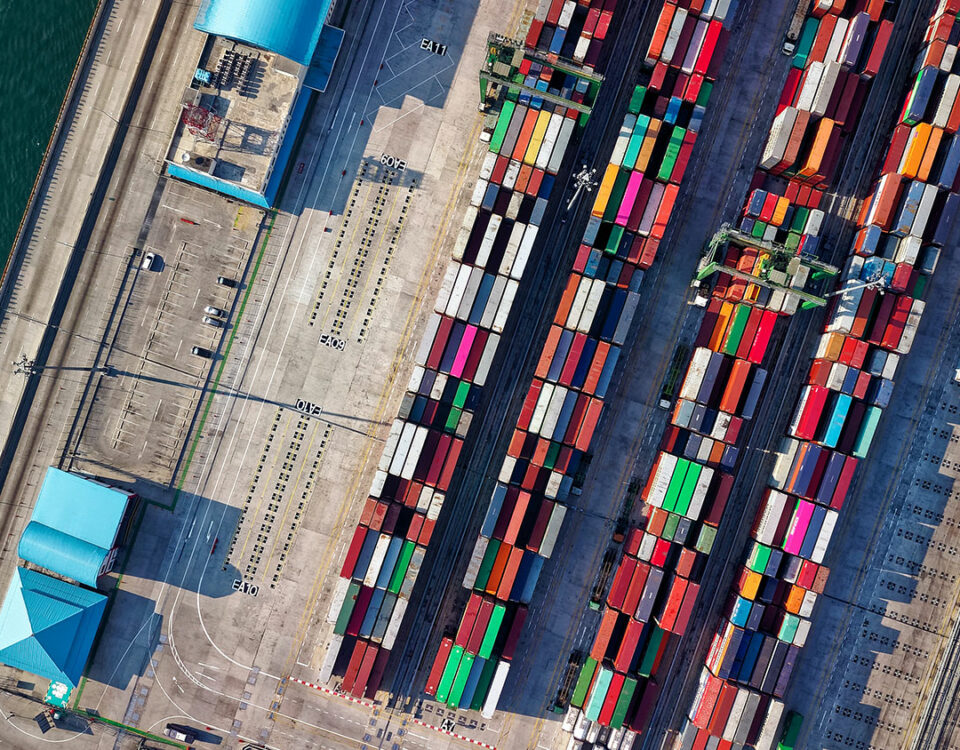6 Solutions for Safer Chemistry Handling
We take pride in is our core competency, and that’s being experts in surface chemistry. We understand the function of cause and effect of chemistry with all mediums, from printing press room, all the way to medical chemistry. When you use a press room, as an example, you’re touching many different surfaces. You’re touching everything from organic items like paper to aluminum plates and carbons. You’re also touching hydrocarbon substrates like plastics, all the way to using other chemistries, like ink. When it comes to chemistry handling, and we want you to do it safely. Here are our six solutions for safer chemistry handling.
Handling chemistry includes not only use but also set-up and removal from the process area.
Handling chemistry is not just using them in your process when you move your stand from one station to the other, but it is also how you prepare your setup and how you remove the setup. That’s really when your spills can happen. So what is the chance of your contact with a chemical moving that stent from one beaker to the other? Probably negligible, but when you replace that solution with the new one, that’s when the spill can happen. Just be mindful of that. It’s not just safety when everything is set up and ready to use.
Emptying beakers can cause unanticipated exposure and spills. Anticipate.
It’s important to be prepared when emptying beakers. Having all the proper materials on hand in the event of a spill or exposure is critical. We highly recommend thoroughly planning out your process so you can anticipate any spills or exposure. Using fume hoods and plastic trays when emptying beakers can also help avoid these issues.
Fume hoods are great not only to provide exhaust of volatiles but also as an isolation area.
Fume hoods are a great tool to provide exhaust removal of volatiles. They also serve as an isolation area for not only yourself but also other people around in your facility. It’s important to handle highly volatile chemicals under a fume hood to avoid issues caused by exposure.
Shallow plastic trays are great – contain spills, easy to clean, easy to replace.
Shallow plastic trays are great to use to contain spills, but also to catch drips. When you move the stand from one area to the other, drops can will fall on the surface. It’s better if it falls on the surface of a plant plastic tray than somewhere else. Plastic trays are also very easy to clean and dispose of. You can also easily replace them, in the event of a spill. We highly recommend keeping shallow plastic trays on hand if you will be handling any type of chemical, toxic or not.
Organize for safety and functionality – process sequence, PPE at the right level.
Being organized is a must for not only safety but also functionality. You should organize your station left to right, so you so that you don’t have to move part across a significant distance. It’s probably best to have somebody who has worked in the area to show you how it’s done and what to look out for.

This cartoon is not only funny but also shows that there is a range of hazards associated with chemicals. There are least harmful on the left-hand side, all the way to most dangerous. When we sell our chemical products to you, we have products from the left-hand side all the way to the middle of the shelf with some more hazardous than the others.
Training – you don’t have to be a chemist to understand chemical dos and don’ts, site and process-specific training is best
At the end of the day, you don’t have to be a chemist to know the do’s and don’ts of chemical safety. Using common-sense goes a long way. And if you don’t know how to use something, or do something, ask. It’s important to cross-train everyone who will be handling chemicals on safe handling techniques. With good training and a common-sense approach, you can help avoid accidents and exposure, keeping your team healthy and safe.


